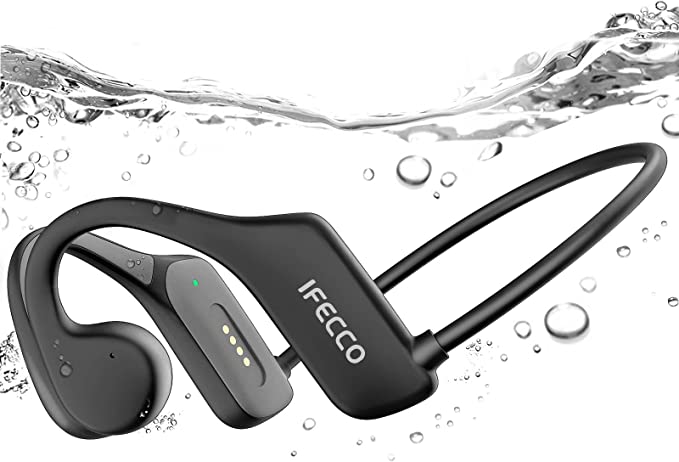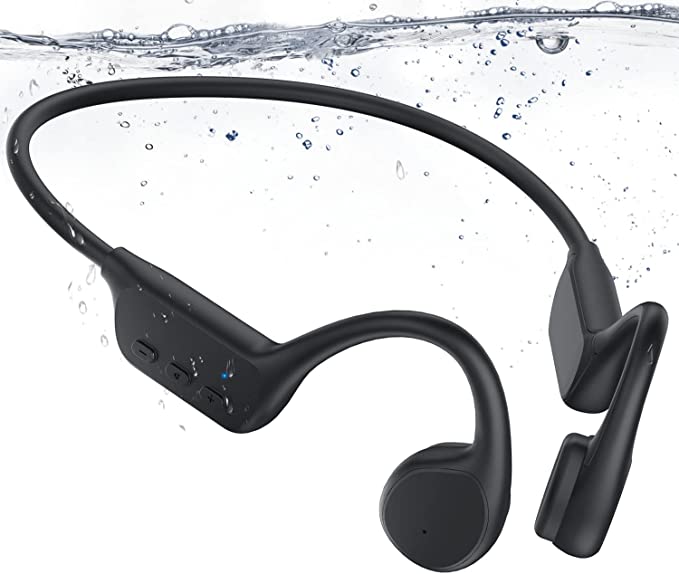The End of Isolation: Why Open-Ear Audio is the Future of Personal Tech
Update on Oct. 20, 2025, 6:51 a.m.
For the last forty years, the story of personal audio has been a story of isolation. It began in 1979 with the Sony Walkman, a device that for the first time allowed us to erect a private sonic wall between ourselves and the outside world. This quest for perfect solitude culminated in the marvel of Active Noise Cancellation (ANC), a technology that wages an invisible war against ambient sound, promising a sanctuary of pure audio. The goal was clear and aspirational: to build a perfect, portable fortress of silence.
We got incredibly good at it. We built headphones that could erase the drone of a jet engine and earbuds that could silence a bustling cafe. But in our hyper-connected, always-on world, we’re starting to discover the paradox of perfect isolation: sometimes, the most important sounds are the ones on the other side of that wall. And that realization is sparking a quiet revolution.

The Cracks in the Fortress
The need for isolation hasn’t disappeared, but its context has changed. The modern world demands a state of partial attention. We are parents listening to a podcast while needing to hear a child’s cry from the other room. We are cyclists navigating treacherous city streets while following GPS directions. We are office workers who need to focus on a task but can’t afford to miss a colleague calling our name.
In these scenarios, total sonic isolation is not a feature; it’s a bug. It creates a friction between our digital and physical realities. This has given rise to a new philosophy in personal tech, one that champions integration over isolation. The new holy grail is not to block the world out, but to seamlessly weave our digital audio into it. This is the promise of open-ear audio.
A New Paradigm: Hearing Two Worlds at Once
Open-ear audio is not a single product, but a category of devices built on this principle of integration. They aim to deliver personal sound without obstructing the ear canal, allowing you to remain fully present and aware of your surroundings. This shift is being driven by a fascinating array of technologies.
The most mature of these is bone conduction. As seen in sports-focused devices like the Hamuti X7, it bypasses the ear canal entirely, sending vibrations through the cheekbones directly to the inner ear. It offers a true, unobstructed connection to the ambient environment, making it ideal for activities where situational awareness is a matter of safety.
Then there are innovations in air conduction. Some devices use tiny, precisely aimed speakers to create a focused beam of sound that travels to your ear without significant leakage to the outside world. This technology is the engine behind most audio glasses, like the Bose Frames, which embed speakers into the arms of spectacles. Another approach is the “open-earbud,” shaped like a ring or a hook, which sits just outside the ear canal rather than inside it.
While transparency modes on traditional earbuds are a clever software fix, they are still a simulation of reality captured by microphones. True open-ear audio is more fundamental. It’s not about digitally re-creating the world; it’s about simply never leaving it.

The Symphony of the Future
While today these devices help us listen to music on a run, their true significance lies in what they enable for tomorrow. They are the first steps towards an “audio augmented reality”—a subtle, ever-present layer of information that blends seamlessly with our perception of the world. According to trend analyses like the Gartner Hype Cycle, technologies like Augmented Reality are moving steadily towards mainstream adoption. In that future, a constant visual overlay might be distracting, but a discreet audio cue—a whispered direction, a calendar reminder, a translated phrase—is a much more elegant and “calm” way to interface with our digital lives.
This technology also invites us to reconsider our relationship with our environment’s “soundscape.” Instead of obliterating it, we can augment it, layering our own soundtrack onto the ambient sounds of the city, the park, or the office.
The era of personal audio as a monolithic choice between silence and the world is ending. The future is about choice. It’s about having the right tool for the job: a fortress of silence for the long-haul flight, and a transparent audio layer for the walk through the city. The story of personal audio is no longer just about escaping the world, but about finding new and better ways to live within it.









